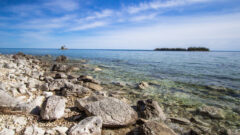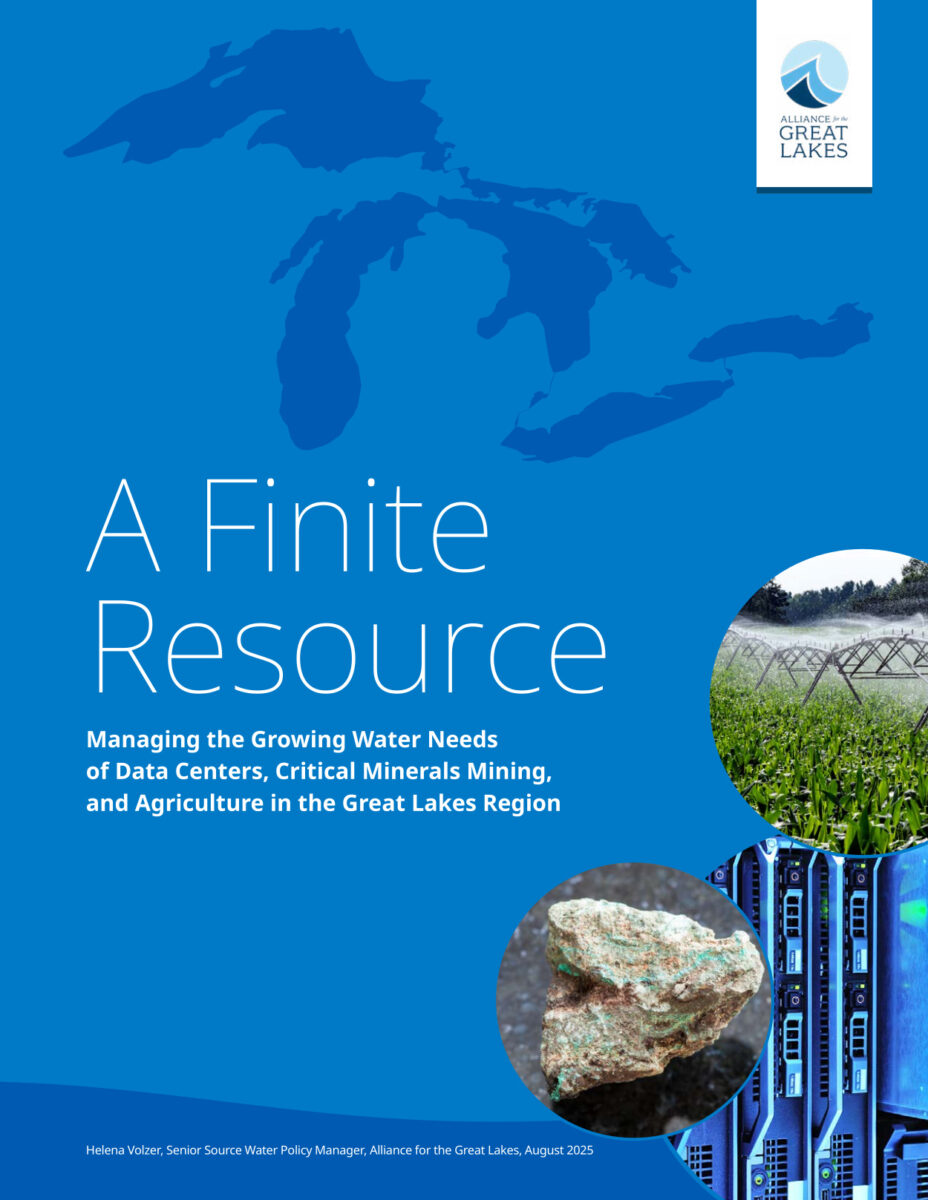Michigan DNR proposes new season to catch Great Lakes region’s largest fish, lake sturgeon
Michigan wildlife managers are proposing a new lake sturgeon catch and release season in one portion of the state and a shortened harvest season in another. These decisions are informed by fisheries biologist assessments of lake sturgeon populations and law enforcement capacity to support the regulated seasons. Read the full story by Detroit Free Press.
Great Lakes Commission
https://www.glc.org/dailynews/20250820-lake-sturgeon-regulations


